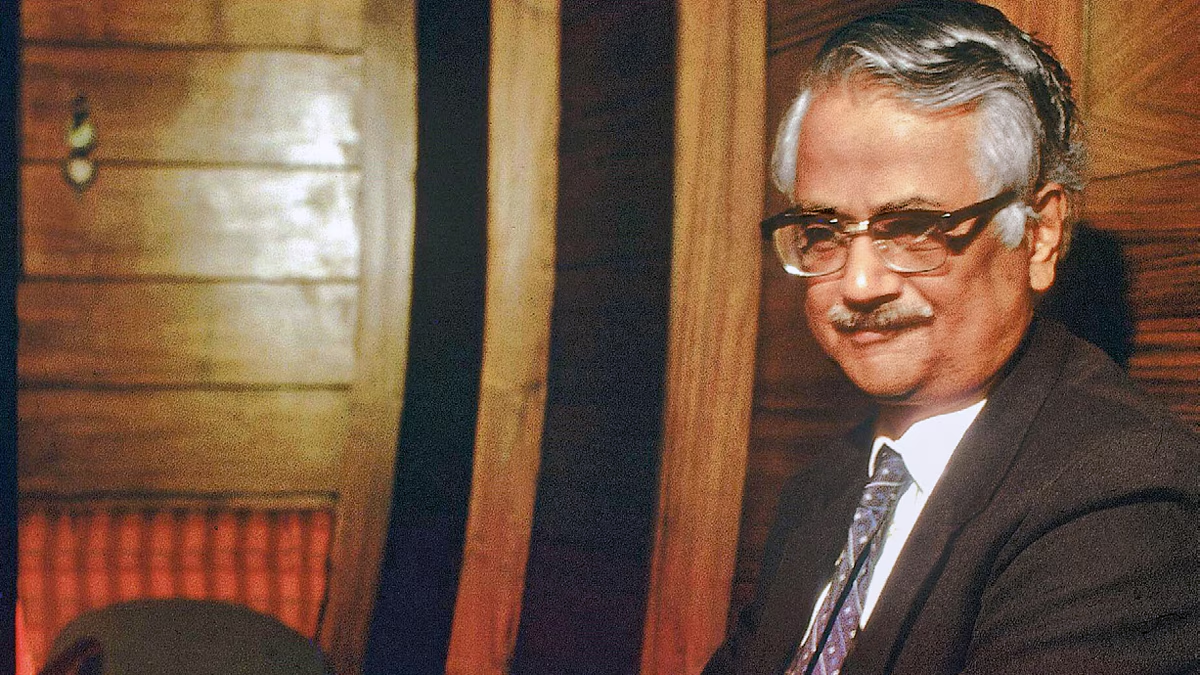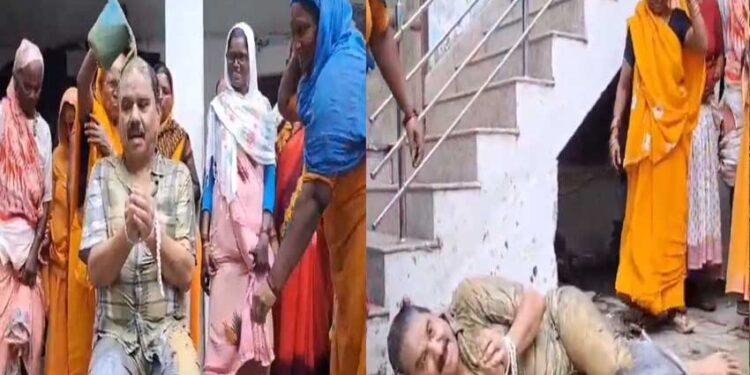Was an Indian nuclear scientist who played an important role in the development of India’s nuclear program. He attended India’s nuclear program in 1964 and initially worked under the supervision of famous nuclear scientist Homi Jahangir Bhabha and became the director of the event in 1967 after his death. He inspected and promoted scientific research related to the development of nuclear weapons. He was also the head of India’s first nuclear test (Smilling Buddha) in 1974.
Introduction
King Ramanna was born on 28 January 1925 at a place called Tiphur in Tumkur in the state of Mysore. His father’s name was Ramanna and mother’s name was Rukmini. Child Ramna showed a keen interest in music in childhood, after which his parents made him aware of traditional Western music. His early education started from Bishop Cotton Boyz School in Bengaluru where he took mainly education and traditional music education. He from Madras Christian College in Physics B.Sc. Earned a degree of degree and in 1947 in ‘Traditional Music’ B.A. Also took a degree. After this, he enrolled in Bombay University from where he in Physics M.Sc. And then M. Mus in ‘Music’. Did.
Education
In 1952, King Ramanna received the Commonwealth Scholarship, after which he went to England to do a doctorate. He enrolled for a doctorate at King’s College, University of London and completed his doctorate in ‘Atomic Physics’ in 1954. In the United Kingdom, he conducted his research at the Atomic Energy Research Establishment where he achieved dexterity in ‘Nuklear Fuel Cycle’ and Nuklear Reactor Designing. He had a serious interest in music and during his stay in England he enjoyed European music and also read and learned about Western philosophy.
King Ramanna’s interest and enthusiasm in Western music and civilization remained throughout his life and after returning to India, he made himself a talented piano players. He performed traditional European music in several concerts in India and abroad. In 1956, on the invitation of Pakistan’s ‘National College of Arts’ and ‘National Academy of Performing Arts’, he gave a speech on classical piano there and also demonstrated his art.
Indian nuclear program
Dr. Raja Ramanna was one of the most important persons associated with the country’s ‘nuclear program’ started by Jawaharlal Nehru, the first Prime Minister of India. He returned to India after doing his doctoral from England in 1954 and was appointed to the senior technology at the Bhabha Atomic Research Center under the leadership of Homi Jahangir Bhabha. In 1958, he was appointed Chief Directing Officer of the program. After the tragic death of Dr. Homi Jahangir Bhabha, he was made the head of this program and India first conducted a nuclear test (smiling Buddha) under his eyes, after which King Ramanna got international fame and the Government of India gave him Padma Vibhushan Honored with
Saddam Hussain’s proposal rejects
In 1978, the then President of Iraq Saddam Hussain proposed to make a atomic bomb for Iraq in front of King Ramanna, but he turned down the proposal and returned to India.
Advocates of strict policies
In the days after his career, King Ramanna advocated to make strict policies so that atomic spread could be stopped. He also traveled to Pakistan to participate in the ‘International Physics Conference’ and gave a speech on nuclear physics. He made a significant contribution to the efforts to establish peace between India and Pakistan and also played a leading role in stopping ‘nuclear confrontation’ in the region. In 1984, he joined the International Atomic Energy Institute and was also the chairman of the 30th convention there.
Interest
Dr. Raja Ramanna was a rich person of highly talent. Along with atomic physics, he also had a keen interest in music and philosophy. He was very proficient in playing the piano and also demonstrated his art at several ceremonies in the country and abroad. Music was very close to his heart and he also wrote a book on this subject- ‘The Structure of Music in Raga and Western Systems (1993). He also wrote another book (autobiography) ‘Years of Pilgrimage’ (1991).
Minister of State
In 1990, Raja Ramanna was made the Minister of State for Defense in VP Singh’s government. From 1997 to 2003, he was also a member of the Rajya Sabha. He was also closely associated with the Indian Institute of Technology Bombay and was also the chairman of its board of directors for three consecutive sessions. In 2000, he was made the first director of the National Institute of Advanced Studies Bangalore.
Respect
The Government of India honored King Ramanna from time to time in view of his works done for the country. King Ramanna conducted India’s nuclear program for nearly four decades, due to which he is considered ‘father of India’s nuclear program’. For his works done for the nation, the Government of India awarded him high civilian honors like Padma Shri (1968), Padma Bhushan (1973) and Padma Vibhushan (1975). In 1963, he was awarded ‘Shanti Swaroop Bhatnagar Award’ in the field of science and technology.
Death
On September 24, 2004, King Ramanna went to the hereafter. He was 79 years old at the time of death.








